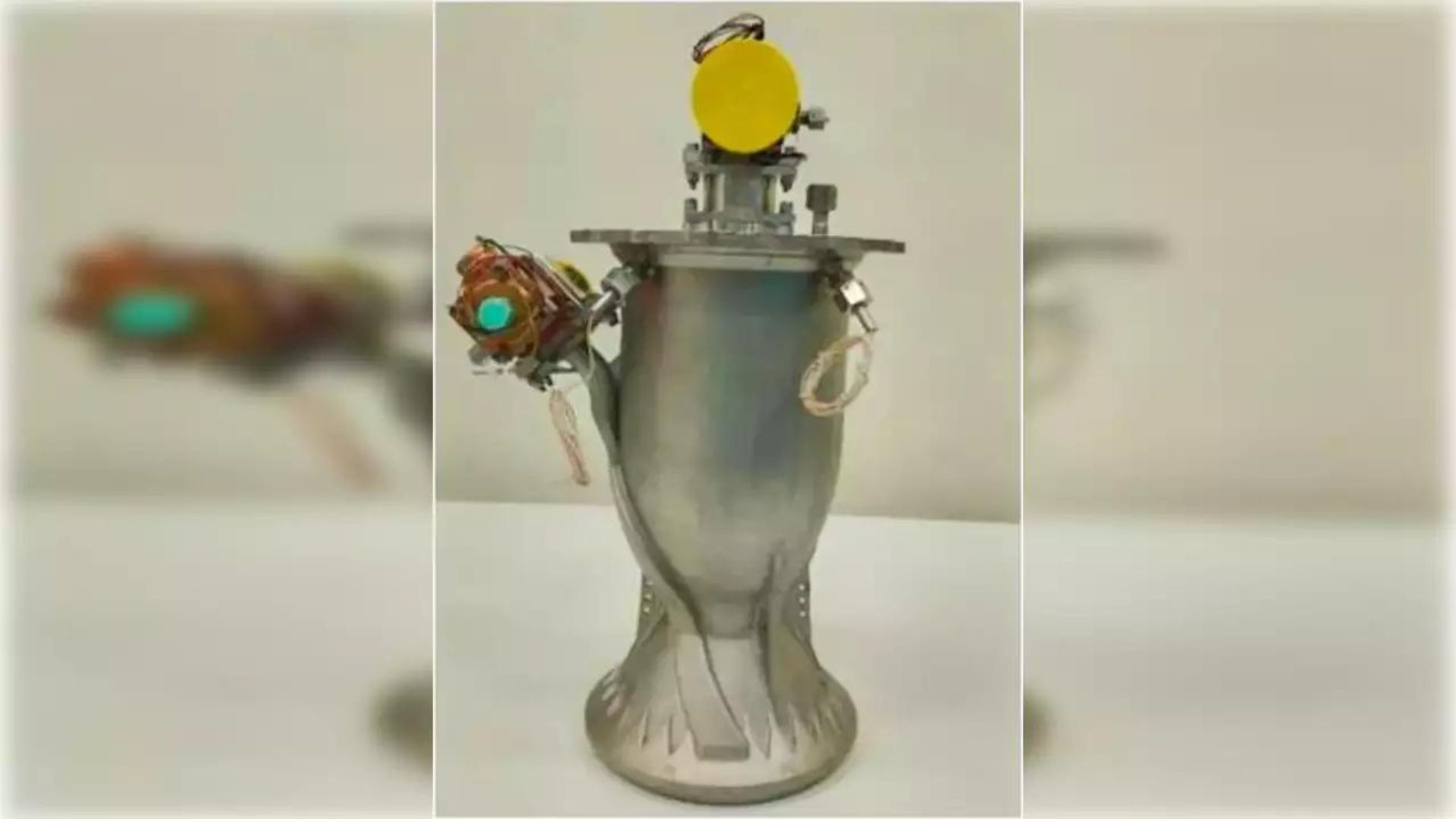ISRO announced a significant achievement on May 9, as it successfully conducted hot testing of a liquid rocket engine produced through additive manufacturing, also known as 3D printing. This engine, designated for use in the PS4, serves as the upper stage of ISRO’s Polar Satellite Launch Vehicle (PSLV).
Reengineering the conventionally manufactured PS4 engine to be compatible with additive manufacturing techniques, ISRO employed an innovative approach termed “Design for Additive Manufacturing.” Through the Laser Powder Bed Fusion technique, the manufacturing process was optimized, reducing the number of engine components from 14 to a single piece and eliminating 19 weld joints. Notably, this streamlined design significantly decreased raw material usage per engine from 565kg to just 13.7kg of metal powder and reduced overall production time by 60%.
Developed by ISRO’s Liquid Propulsion Systems Centre, the PS4 engine employs a bipropellant combination of nitrogen tetroxide as the oxidizer and monomethyl hydrazine as the fuel. The manufacturing of the additively manufactured engine was undertaken by Indian industry partner Wipro 3D, with hot testing conducted at ISRO’s Propulsion Complex in Mahendragiri.
Prior to the successful 665-second hot test, ISRO conducted a comprehensive development program, including detailed flow and thermal modeling, structural simulations, cold flow characterization of the proto hardware, and four successful developmental hot tests of the integrated engine, totaling 74 seconds. These rigorous tests validated the engine’s performance parameters.
ISRO emphasized that the successful hot testing of the 3D-printed PS4 engine marks a significant milestone in leveraging additive manufacturing technology for rocket engines. This achievement paves the way for the integration of the additively manufactured PS4 engine into the regular PSLV program, heralding a new era of advanced manufacturing techniques for India’s space endeavors.




















